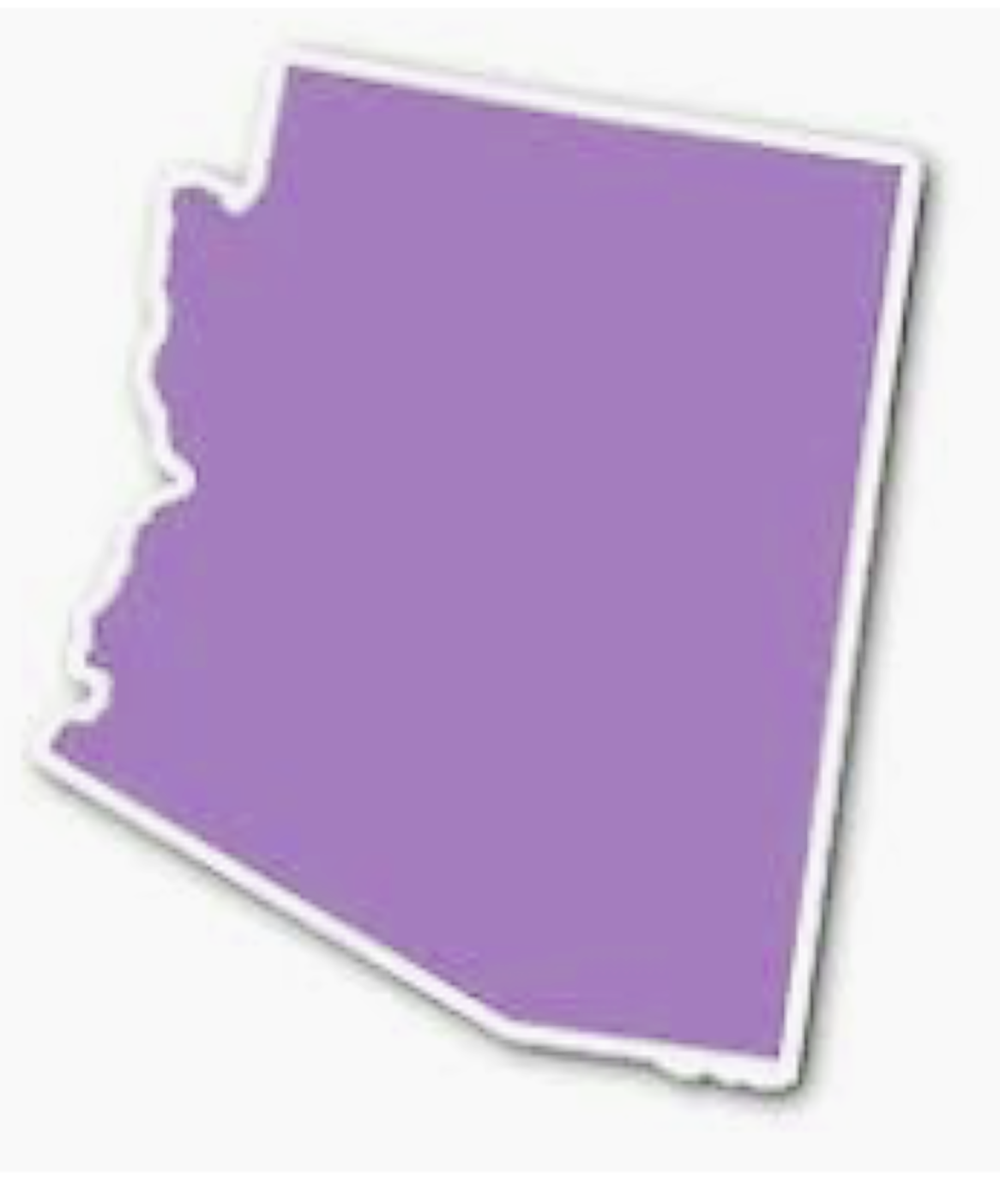By Mary Jo Pitzl and Andrew Oxford | Arizona Republic
After watching Republican supermajorities in the state Legislature shrivel over the past decade, Rep. John Kavanagh had a simple message for his GOP colleagues during a caucus meeting at the Capitol in late May: Act now.
Kavanagh, R-Fountain Hills, argued his fellow Republican lawmakers should back a proposal to create a single state personal income tax rate of 2.5% over the next three years at a cost then estimated at $1.5 billion.
Democrats would not go for the idea, arguing the state’s budget surplus should be spent on something besides a tax cut that would benefit the wealthy the most.
And Democrats were not far from controlling the Legislature, having rolled back Republican majorities to just one seat in both the 60-member House and 30-member Senate.
Still, Republicans had just enough votes to make or break legislation if they stayed united.
“Why do it now?” Kavanagh said during the caucus meeting. “Like I said, we had supermajorities. I never thought we’d be here. Next year, we may not be in the majority, and then we’ll never get to 2.5%.”
Under the state Constitution, a vote to lower taxes could only be undone by a supermajority later, he added.
“Once you get 2.5%, you need two-thirds (vote of the Legislature) to reverse it,” Kavanagh said. “Get it while you can.”
Anyone who thinks Arizona is turning from bright red to purple or even blue on the political map would get a very different picture from the recent legislative session.
While Arizonans nearly split the Legislature evenly between Republicans and Democrats in the last election, the session that ended on Wednesday was in many respects a winner-take-all event, with the passage of sweeping tax cuts and a host of red-meat policies approved by the slimmest of majorities.





